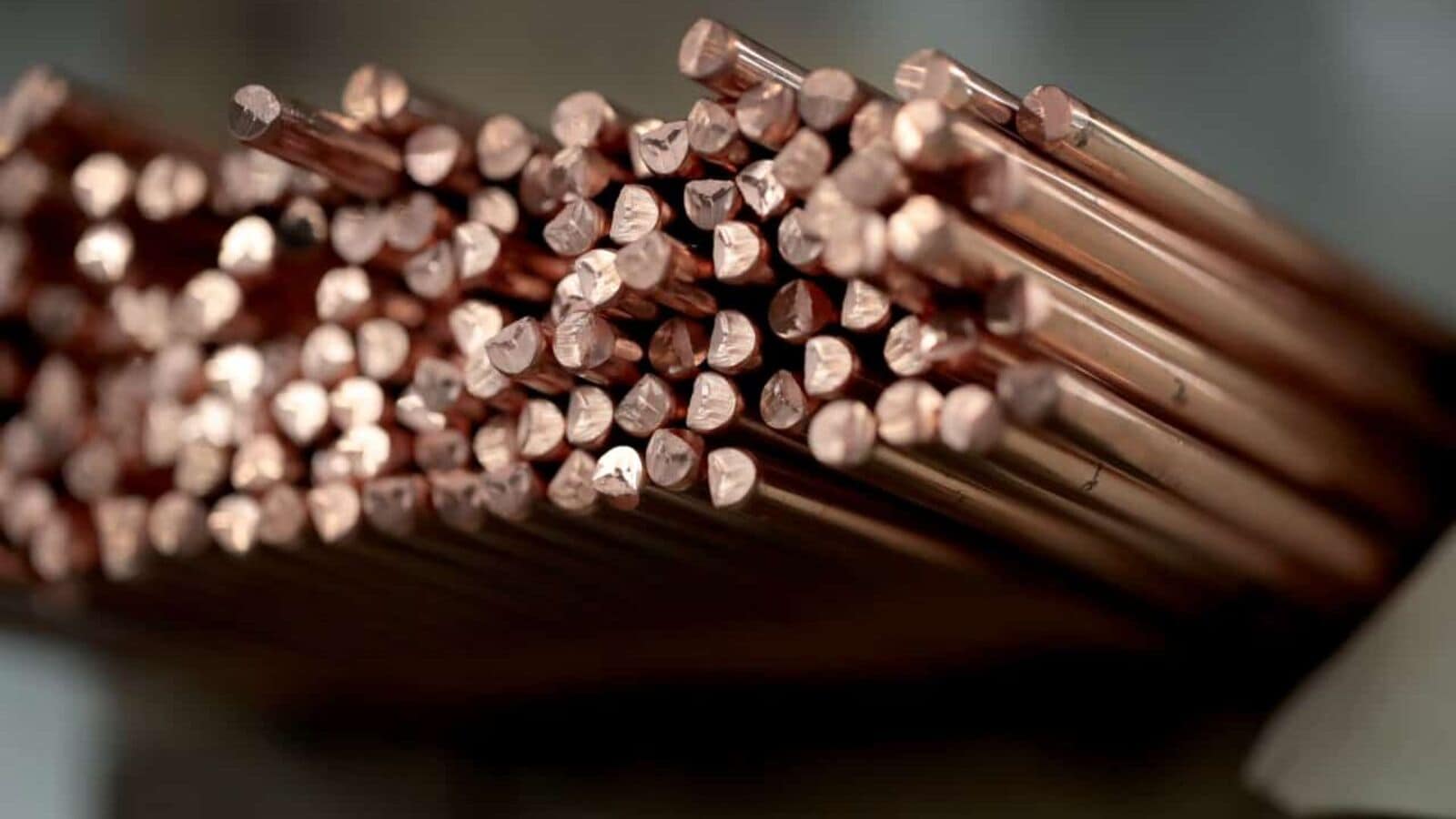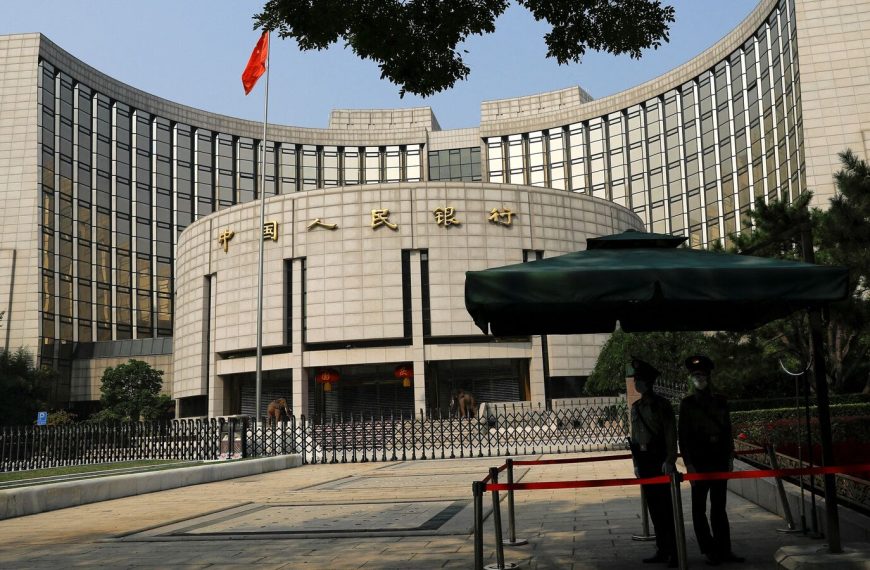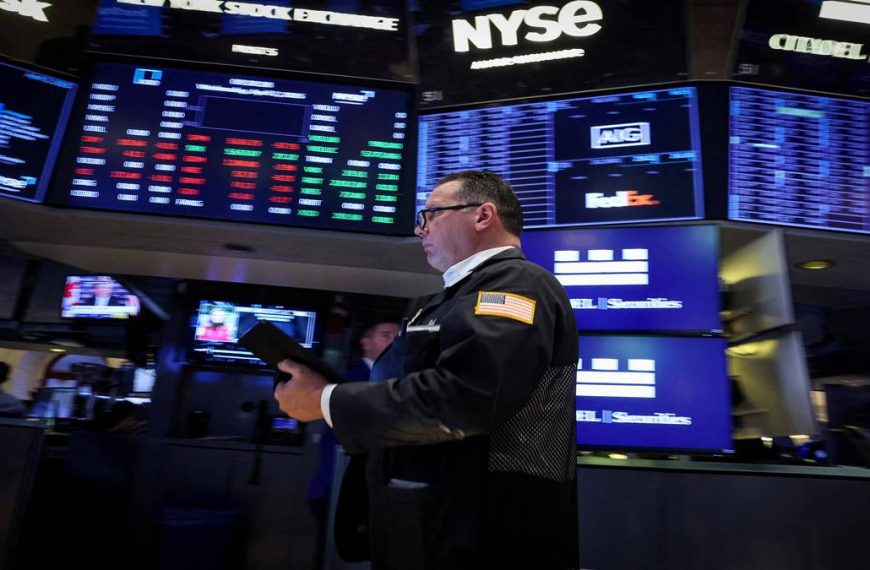In a dramatic turn of events on April 4, 2024, Indian metal stocks saw a significant downturn during intraday trading, leading to a notable decline in the Nifty Metal index. After a promising streak of 19 consecutive sessions of gains, the index plummeted by 6.56%, reaching a one-month low of 8,414 points. This marked the most substantial intraday decrease for the index since March 2024, as all 15 constituent stocks faced heavy selling pressure.
Major Players Hit Hard
The sell-off was led by Hindustan Copper, which experienced the steepest decline of 9.13%. Other major players such as NALCO, Vedanta, Tata Steel, and Hindalco Industries also closed with losses exceeding 8%.
- Hindustan Copper: down 9.13%
- NALCO: over 8% loss
- Vedanta: more than 8% drop
- Tata Steel: significant decline
- Hindalco Industries: fell sharply
Additionally, firms like NMDC, Jindal Stainless, Welspun Corp, Hindustan Zinc, Jindal Steel & Power, and SAIL saw their stock prices dip by over 5%.
Reason Behind the Decline
The sharp downturn in metal stocks can be attributed to emerging reports that the White House is contemplating imposing tariffs on copper, a commodity previously exempt from recent duties. Other metals such as zinc, nickel, and tin could also face scrutiny under future investigations.
In March 2024, former President Donald Trump announced a 25% tariff on steel and aluminum imports, which has since raised concerns among investors.
Economic Ripple Effects
Trump’s recent declaration of extensive reciprocal tariffs—ranging from 10% to 49% on imports from 180 countries—has prompted economists to revise down global growth projections and increased the likelihood of a U.S. recession. The tariffs on steel and aluminum imports are expected to affect global trade dynamics adversely.
China, as the world’s second-largest economy and a major player in the base metals market, is particularly vulnerable. New tariffs could hinder its recovery from the COVID-19 pandemic. The Chinese government plans to impose a 34% levy on U.S. imports, adding to the existing tariffs and potentially igniting further retaliatory measures against U.S. agricultural exports.
Insights on Indian Steelmakers
Despite the challenging environment, analysts suggest that the tariffs imposed by the U.S. are unlikely to significantly impact Indian steel companies. The J.P. Morgan brokerage reported that only 2.5% of India’s steel exports go to the U.S., indicating minimal exposure.
Furthermore, India’s proposal for a 12% safeguard duty on certain steel products is seen as a favorable move for the sector. While there might be indirect pressures from redirected steel exports from other countries, the overall effect on Indian firms is expected to be limited.
China’s Role in Global Metal Demand
With China consuming nearly 50% of the world’s output of base metals—such as copper, aluminum, and zinc—the country’s economic health is crucial for global commodity markets. The ongoing urbanization and infrastructure projects, alongside China’s ambitions in electric vehicles and renewable energy, are projected to sustain robust demand for these metals.
In conclusion, while the current landscape for Indian metal stocks appears challenging, the long-term outlook may remain resilient, driven largely by China’s consumption patterns and strategic responses from Indian firms to external pressures.











